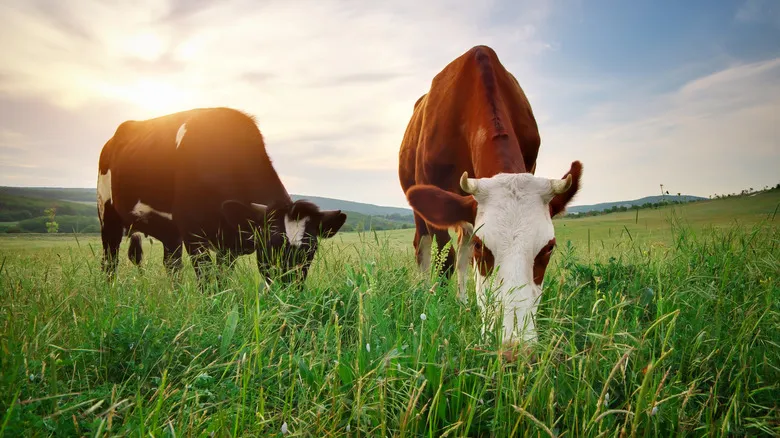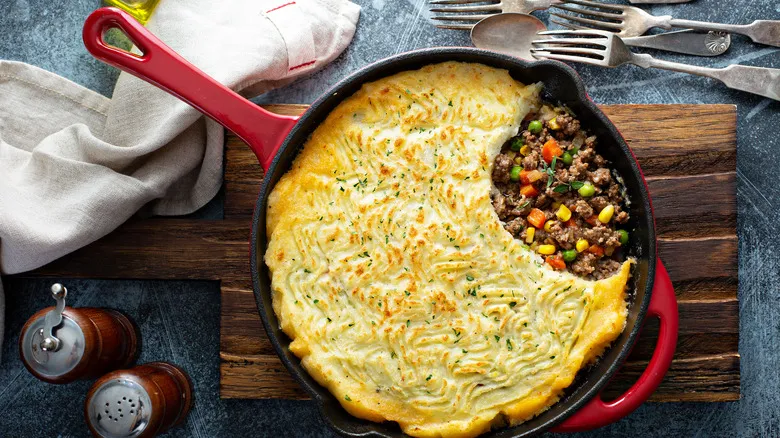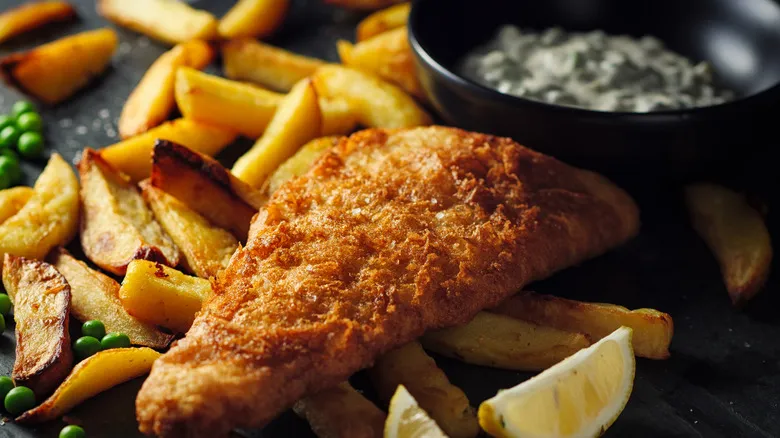Where does the meat come from?

The first thing to inquire about when speaking with your butcher is the source of their meat. The response should be straightforward and unambiguous. "If the butcher is unsure, it's best for the shopper to look elsewhere," Oleksiak advised. Not all beef is the same, and the conditions in which cows are raised can vary significantly. Ideally, you want a cow that has ample space to graze and lead a healthy life, as this can influence the flavor of its meat.
"If the answer points to a feedlot, I suggest you continue your search," Oleksiak noted. "Even if it's a grain-fed cow, if it has been raised properly, it will taste great." A feedlot is primarily a method for quickly fattening cows for slaughter. These facilities confine cows to small spaces, limiting their movement. The cows remain inactive while consuming large amounts of food, which accelerates their weight gain for meat production. Feedlots are a contentious practice due to their effects on the environment and the well-being of the animals.
When was the meat cut?

When purchasing raw meat, it's important to note that it has a limited shelf life and should be consumed promptly to prevent the growth of harmful bacteria. According to Foodsafety.gov, raw beef should be cooked and eaten within three to five days, making it essential to know when the meat was processed to gauge how much time you have for preparation. This also reflects the freshness of the meat from that particular store. Be sure to inquire whether the meat was cut on-site or pre-packaged.
"If it's cut in-house, customers have more options regarding thickness and weight for their steak," Oleksiak noted. If you're seeking a specific thickness or cut, having the meat cut to order provides greater customization and control over the flavor of your steak. Additionally, cut-to-order meat gives you several days to prepare it, allowing you to buy it in advance if necessary.
Was the meat grass-fed and finished?

The well-being of the farm and the freedom of the cows are important, but the cows' diet also significantly impacts the quality of the steak. There are two primary feeding methods for cattle: grass-fed and grain-fed. Cows that graze on grass typically produce meat that is leaner and richer in nutrients compared to those that are grain-fed. The type of feed also influences the flavor of the meat. "This indicates to the consumer that the meat will have a robust beef flavor and is likely to be leaner," Okelsiak explained.
After addressing the three main questions, there's one additional query to consider: the best cooking method for your steak cut. "What cooking technique is most suitable for a particular cut?" Oleksiak advised. "For instance, if you're planning to braise, you wouldn't want to choose a ribeye or eye round, as their texture isn't ideal for that method." Ultimately, while the cooking technique will shape the final result, it's essential to gather all the necessary information before making your steak purchase.
Recommended

The Worthwhile Reason To Get To Know Your Grocery's Deli Counter Workers

The Complete History Of Shepherd's Pie

The Grocery Product Label You Need To Read If You Really Want To Save Money

A History Of Lenten Fish Frys
Next up

